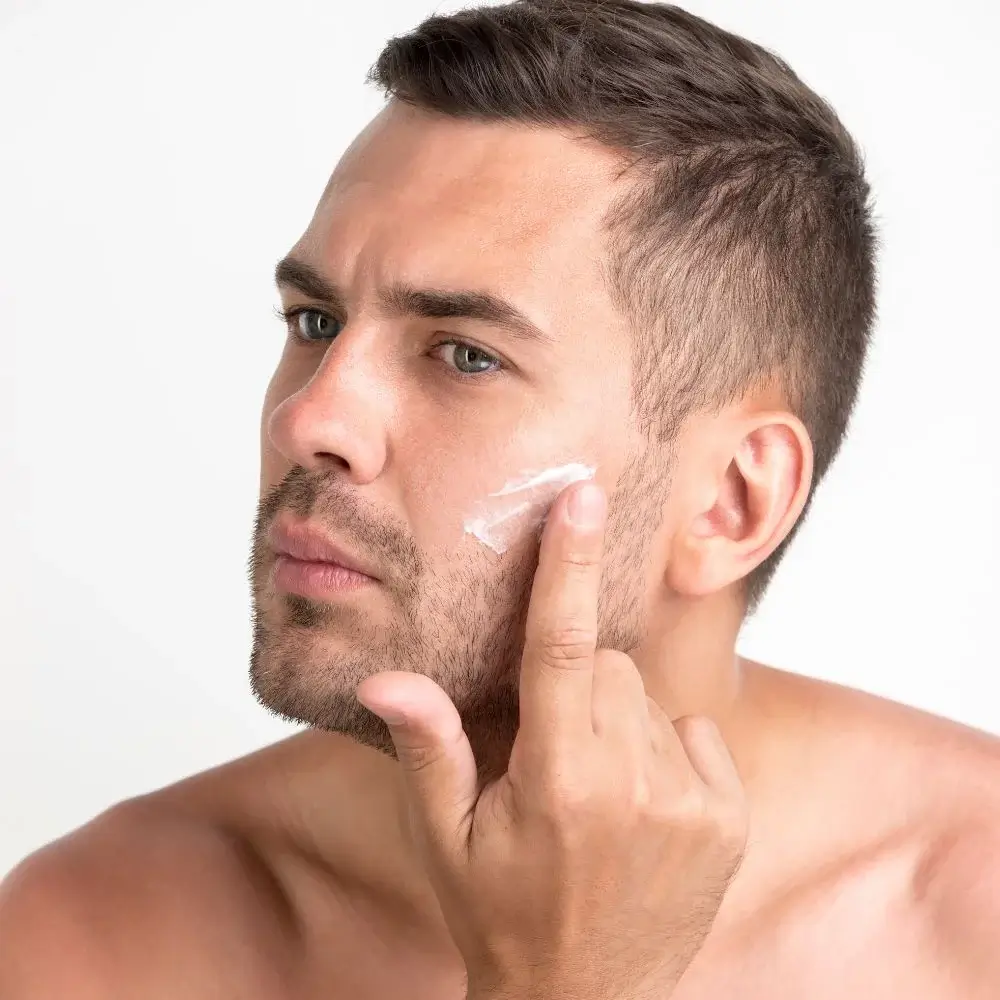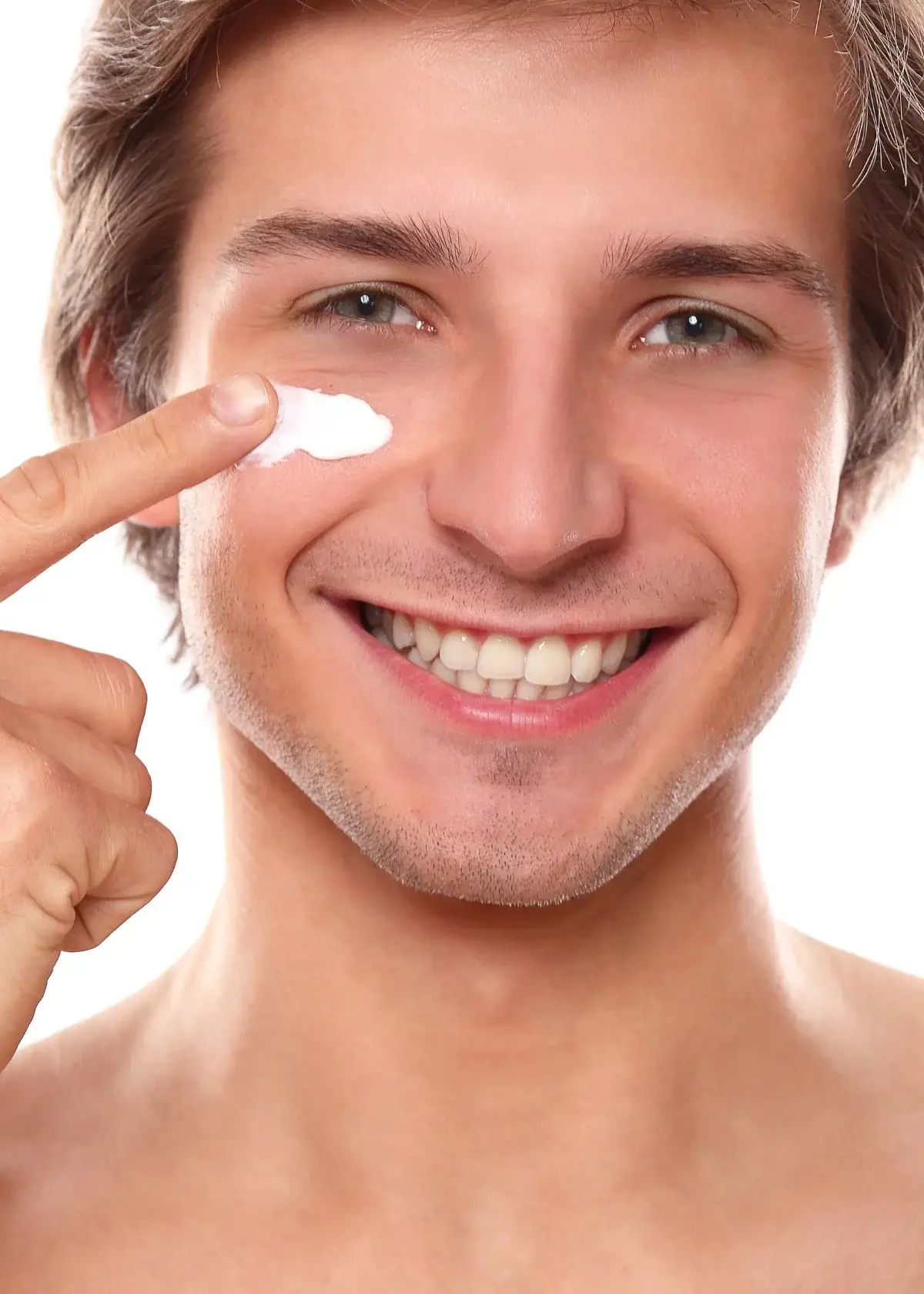Summer is just around the corner, the season when fashion lovers like to flaunt their skin and outfits. While you may have the hottest bikini or the cutest summer dress, don't forget to protect your skin from the harmful UV radiation of the sun. Not only does it cause sunburn and premature aging, but it also increases the risk of skin cancer. That's where sunscreen comes in. Wearing sunscreen protects your skin from damage and keeps you fashionable. This blog post will discuss how sunscreen protects your skin from UV radiation.
UV rays are classified into 2 types: UVA and UVB. UVA rays are responsible for premature aging, while UVB rays cause sunburn. Sunscreen with a high Sun Protection Factor (SPF) protects the skin against UV rays. SPF measures the product's ability to block UVB rays, which cause skin damage. If you stay in the sun for 20 minutes without sunscreen, you will start to burn. An SPF 15 sunscreen will extend that time by 15 times, meaning you can stay in the sun for 300 minutes.
Sunscreens work by using two fundamental approaches – physical and chemical. Physical sunscreens create a barrier between the skin and the sun, preventing UV rays from penetrating the skin. These sunscreens contain Zinc oxide or Titanium dioxide, which scatters the light and reflects away the UV rays. On the other hand, chemical sunscreens absorb the UV rays, convert them into heat energy, and disperse them through the skin. They include compounds like Avobenzone, Octinoxate, and Octisalate. Chemical sunscreens usually leave no residue on the skin, making them ideal for everyday use.
Sunscreen is the most effective when used correctly. Apply sunscreen 15-20 minutes before going outside to allow the skin to absorb it fully. Reapply every two hours and even immediately after swimming or sweating. You may wonder how much sunscreen to apply. A general rule of thumb is to use a shot glass-sized amount (two tablespoons) for your entire body and a nickel-sized amount for your face.
Besides protecting the skin from UV radiation damage, sunscreen keeps you looking fashionable. Sunscreens are now available in various forms, including gels, sprays, and translucent formulas that won't leave white streaks on your skin. These formulations suit all skin types, whether oily, dry, or sensitive. With sunscreen great for sensitive skin, you are ensured not to have any reaction to sensitive skin from using sunscreen.
Sunscreen is a must-have item in your fashion arsenal. Wearing sunscreen during the summer months will keep your skin safe from the harmful effects of UV radiation and give you that fashionable look. So, the next time you step outside, apply sunscreen liberally, dry off, and apply some more to help you stay vibrant, fashionable, and healthy throughout the summer. It's time to make sunscreen application a habit, not an option.
When it comes to taking care of our skin, we want to make sure we're choosing the best products. That's why we put in the time and effort to do our research and find the best mens face sunscreen on the market. Now that we've scoured the internet and read countless reviews, it's time to show you what we've found. Follow the link to discover your new favorite best men's face sunscreen. We promise your skin will thank you for it. So sit back, relax, and get ready to find the perfect product to protect and nourish your skin.
What role does sunscreen play in preventing skin aging?
Sunscreen is a linchpin in the battle against aging caused by UV radiation. By forming a protective barrier, it effectively shields the skin from the detrimental impacts of both UVA and UVB rays. This critical defense inhibits collagen breakdown and minimizes the emergence of wrinkles, fine lines, and age spots. Through unwavering application, sunscreen becomes a stalwart ally in preserving the skin's natural elasticity and youthful texture, leading to a visibly more rejuvenated complexion. This pivotal function firmly establishes it as a cornerstone of any comprehensive anti-aging skincare regimen, offering profound benefits for long-term skin health.

What are the best practices for reapplying sunscreen during the day?
To ensure maximal protection, it is highly recommended to diligently reapply sunscreen every two hours or more frequently if engaged in activities involving substantial perspiration or swimming. When reapplying, it is imperative to dispense a generous amount to effectively cover all exposed areas of the skin, leaving no room for accidental omissions. Uniform distribution is crucial in attaining comprehensive coverage. Besides, it is paramount to recognize commonly neglected regions such as the ears, neck, and tops of the feet. Consider incorporating a setting spray with SPF for individuals using makeup for periodic touch-ups to fortify and bolster protection throughout the day.

What is the shelf life of men's face sunscreen, and how should it be stored?
The shelf life of men's face sunscreen typically spans from one to three years, contingent on the specific product and its formulation. It is prudent to consult the expiration date on the packaging for precise guidance. To preserve its potency and efficacy, storing sunscreen in an excellent, dry locale, shielded from direct exposure to sunlight, is paramount. Temperature extents should be carefully avoided, as they compromise the formula's integrity. After each use, ensure the container is securely sealed to maintain its efficacy and extend its lifespan, ensuring you get the maximum benefit from your sunscreen.

How can men incorporate sunscreen into their skincare routines?
Integrating sunscreen into a skincare regimen is a straightforward yet pivotal process. Following the cleansing and toning steps, dispense a nickel-sized amount of sunscreen and evenly apply it across the face and neck, ensuring comprehensive coverage. In instances where other skincare products are utilized, it is recommended to administer sunscreen as the concluding step before applying makeup. Cultivating a daily routine that includes sunscreen application, regardless of weather conditions or indoor activities, is fundamental in achieving and maintaining comprehensive protection for the skin and sustaining its long-term health and vitality.

How do I remove sunscreen effectively at the end of the day?
Embark on the removal process by employing a gentle cleanser meticulously chosen to cater to your specific skin type. Gently massage the cleanser onto the face, employing a circular motion to facilitate sunscreen breakdown and any accumulated impurities. Subsequently, rinse with lukewarm water and delicately pat the skin dry. This meticulous routine ensures a thorough cleansing, priming the skin for subsequent steps in your regular skincare regimen, such as toning, moisturizing, and targeted treatments, optimizing your skincare routine's overall efficacy.
Should I reapply sunscreen even if I'm mostly indoors during the day?
Indubitably, even engaging in indoor activities does not confer complete immunity from the pernicious effects of UV rays. Surprisingly, windows permit the penetration of UVA rays, which can contribute to premature aging and potential skin damage. Therefore, applying sunscreen to all exposed skin areas, particularly near windows, is strongly advised. This precaution remains indispensable, even within indoor environments, to uphold the highest standards of skin protection and preserve its long-term health and vitality. Remember, consistency is vital in safeguarding your skin's well-being, and this diligence will pay dividends in the form of healthy, youthful skin for years to come.







